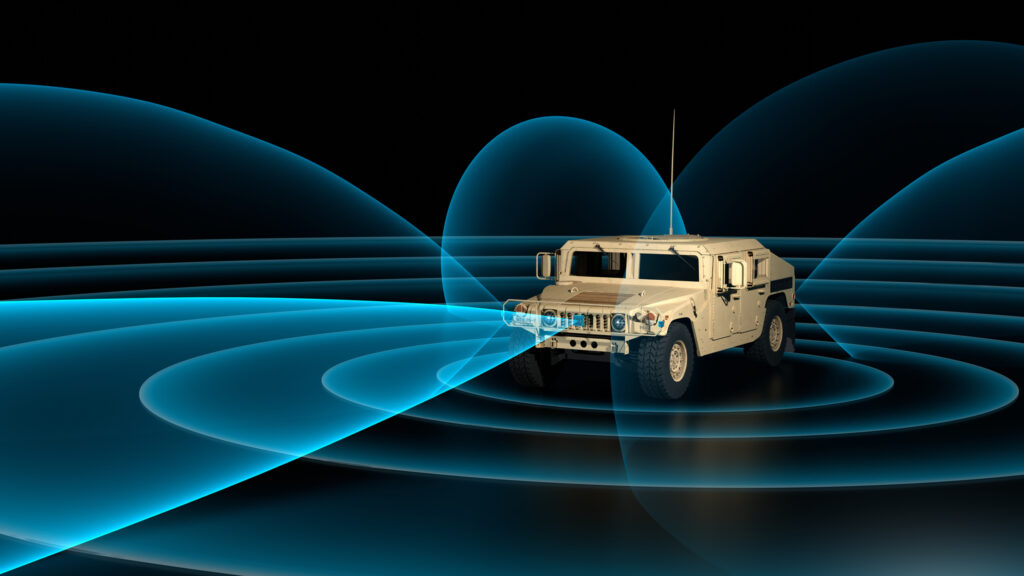The US Army has awarded Metawave Corporation a $1.7 million contract to support advanced sensing and perception radar capabilities of the service’s unmanned ground vehicles.
Works for the program features an option for a follow-on contract, enabling further development and testing of solutions.
Advantage in Autonomy
As part of the agreement, Metawave will upgrade its Carson radar technology platform that assists autonomous vehicles with off-road perception to employ long-range and adverse weather detection.
The resulting Hudson platform will include processing units from graphics card company NVIDIA, leveraging its leading artificial intelligence computing.
Hudson will also comprise Metawave’s Marconi phased-array steering and beamforming chip, antenna-in-package modules, and radar algorithms.
“The power of phased array radar is well-known to the defense sector, but rapid innovation and advancements in millimeter, semiconductor-enabled radar solutions for safe, driverless automotive technologies have become increasingly attractive for mission-critical military operations,” Metawave Founder and CEO Dr. Maha Achour explained.
‘Valuable Asset in Automotive’
Alongside the Hudson radar, Metawave will build its proprietary recursive neural network machine learning software, Anthem, for the contract.
The software will be combined with a camera, fusion stacks, and lidar technology for advanced sensing and perception.
Furthermore, Anthem can be trained to assess and support new terrains and unknown scenarios.
“Autonomous defense applications require the highest level of precision enabled by Metawave’s unique chips, modules, and radar algorithms which have proven to be a valuable asset in the automotive industry,” Metawave Defense Industry Expert Dr. Stephen Aubin stated.
”This is a great opportunity for Metawave to take radar technologies to the next level with the Hudson and Anthem solution which could easily support other Department of Defense requirements such as aerial and marine autonomous operations.”



